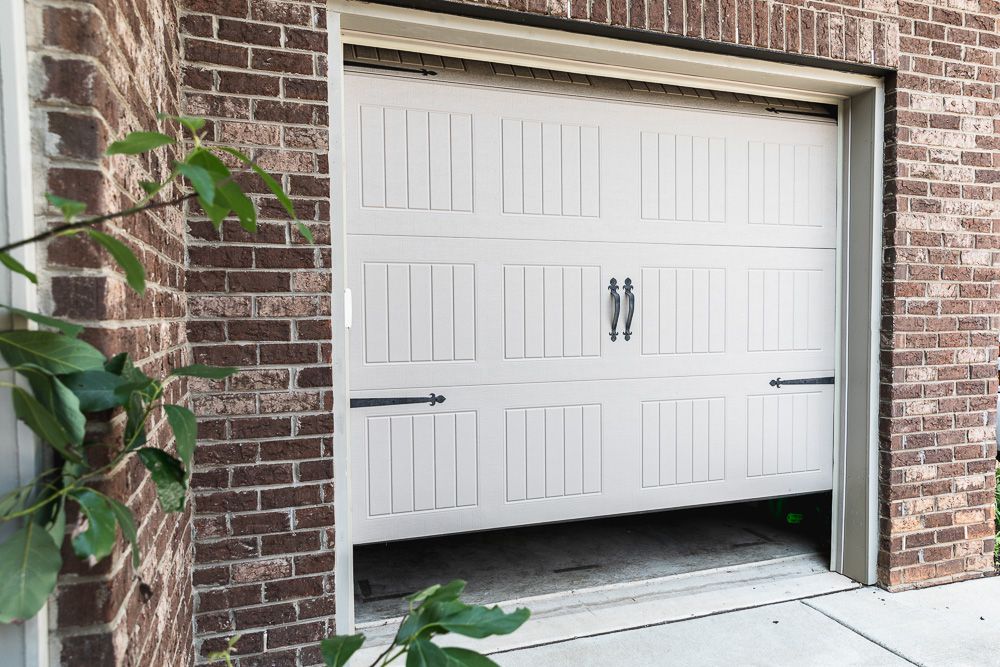
Because it works as an entry and exit point for your home, your garage door is susceptible to constant wear and tear. Unfortunately, you’re going to have problems at some point with the opening and closing mechanism of your garage door. And these are common in winter seasons when power outages are common.
Given that your garage door functions as a system, problems will likely arise from random areas. The problem might arise from a malfunctioning opener or a broken photo-eye. These issues cause your garage door to open partly or fail to open entirely. At other times, your garage door may fail to open manually. If that happens, contact a reputable garage door contractor near you who understands your manufacture. But before conducting a reputable contractor near you, here are reasons to help you identify why your garage door is not working properly.
Table of Contents
Misaligned photo-eye
Also called safety sensors, photo eyes are installed a few inches off the ground along the path of closing and opening and are typically used on garage doors made after 1993. They will signal the garage door if there is an obstacle along the opening path. For instance, when your garage door is closing, and the safety sensor spots a crossing cat or an object on the path, such as a bicycle, it signals the garage door to stop closing, hence avoiding hitting or damaging the object.
Their primary purpose is to boost home safety and enhance efficiency in garage door functioning. But with a time of frequent use, they can reduce inefficiency, thereby getting damaged or misaligning. A damaged photo eye prevents the garage door from opening and closing as usual.
If the photo-eye in your garage door is damaged, you may notice that your door opens well when prompted but fails to close or closes only to a certain level. Other indicators of a damaged photo-eye are: you hear disturbing, clicking noises or are witnessing light flashes from the opener. Regardless of the signaling factor, consider repairing or replacing your photo-eye by seeking help from experienced personnel.
Broken tension springs
Notably, broken springs are primarily associated with a malfunctioning garage door. Tension springs regulate the opening and closing of your garage door using stored mechanical energy. They smoothen the opening and closing of your garage door by offsetting the weight of the garage door. What’s more, they are used in both the automatic and manual systems of the garage doors. Therefore, when the tension spring gets damaged from wear and tear, the garage door fails to work correctly.
You’re likely going to have a broken tension spring for one of the following reasons: improper maintenance, wear and tear, and even rust. You should strive to maintain their efficiency by constantly checking the life of your tension spring. To eliminate rust, which causes friction during movements, causing the potential breaking of the springs with time, use a silicon-based lubricant seasonally. But also seek help from a reputable firm to inspect your tension regularly and reduce wear and tear.
The problem is your remote control
Sometimes, you may press your garage door remote (wall-mount or remote control) to find it not responsive. But note that your garage doorway frequently offers movements into and out of your garage and has high chances of experiencing functional issues.
Multiple reasons why your remote control fails to open your garage door exist. Here are the most typical of these reasons: Your garage door opener or remote has mishaps, including disruptions of remote signals, depleted remote batteries, engaged lock button, a malfunctioning door control wiring, and a blown GFI. Other times your garage remote control and the opener machine have a misaligned program that eventually needs re-association by reprogramming. Before calling your local technician for this, check your user manual and follow the instructions.
Misaligned track
During the opening or closing of the garage door, the cables facilitate its movements while tension springs (extension and torsion springs) maintain their speed. Meanwhile, the system tracks maintain the garage door in their path of movement. To efficiently carry out their work, tracks should be evenly placed and stay straight at all times.
Crooked doors that have fallen off their trucks tend to make grinding noises, and with constant misalignment, they worsen, making your garage stop working. You can assess a misalignment by ensuring your garage door glides smoothly on its tracks, maneuvering the door carefully without using excessive force, and adjusting the trucks yourself. Also, aim to have a reputable technician assess the door. You can call your garage door company to touch up damaged areas, tighten loose hardware on tracks, and clean dirty and dusty rollers.